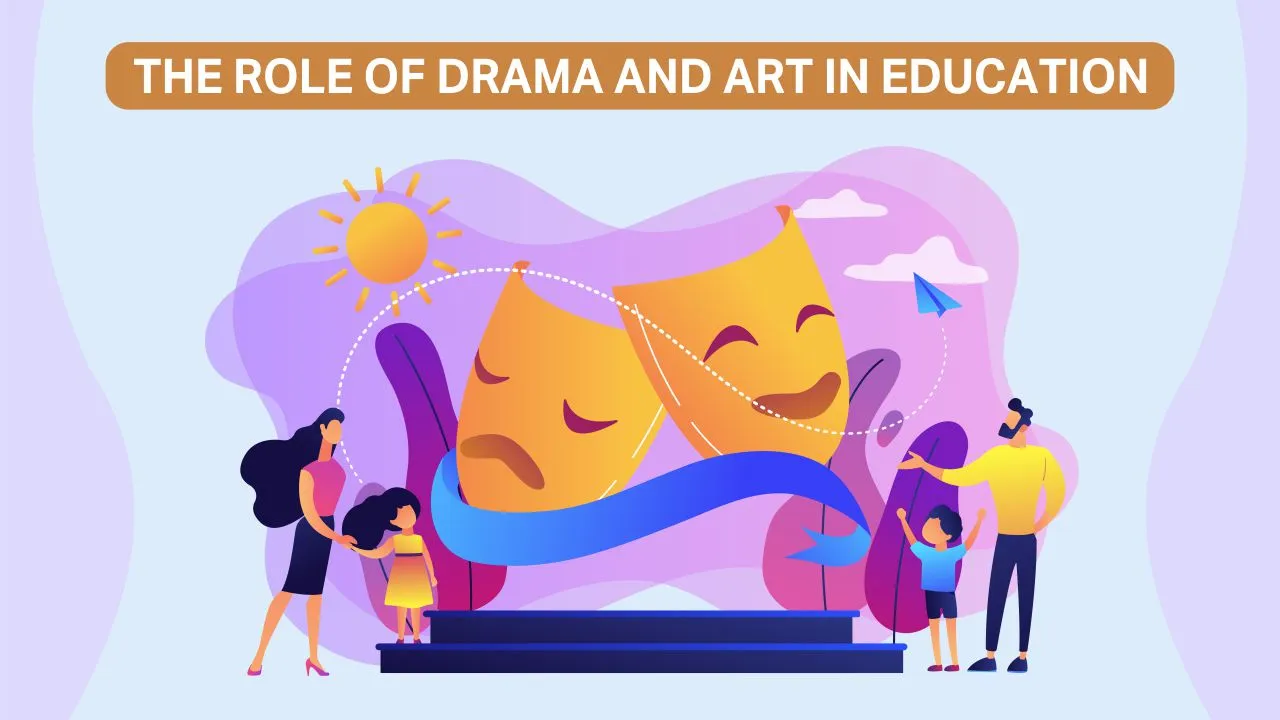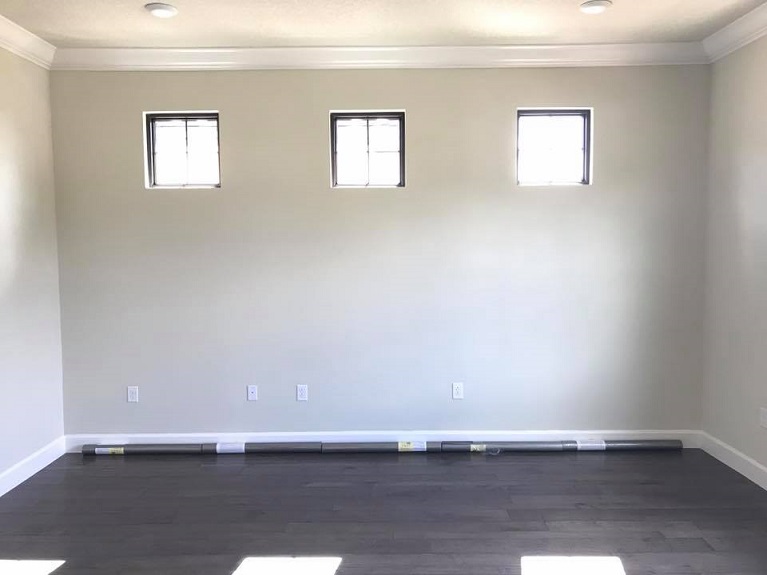In today’s world, art is not just about beauty or expression; it’s about inclusivity. EleganceWalls Murals, known for their stunning visuals, are embarking on a transformative journey. They’re integrating Braille into their designs, making art accessible to all, including those who are visually impaired.
II. Understanding Braille
Braille is more than just a system of raised dots. Invented by Louis Braille in the 19th century, it has become a crucial tool for the visually impaired, allowing them to read and write independently.
III. The Concept of Inclusive Art
Inclusive art ensures that everyone, regardless of their abilities, can experience and enjoy art. It’s about breaking barriers and creating a space where art is universal.
IV. Benefits of Incorporating Braille into Murals
Integrating Braille into murals offers numerous benefits:
- Enhances sensory experience: It allows visually impaired individuals to ‘see’ the art through touch.
- Promotes inclusivity: It sends a powerful message about the importance of accessibility and inclusivity in our communities.
V. Challenges and Considerations
While the integration of Braille into murals is beneficial, it comes with its set of challenges:
- Technical challenges: Ensuring the Braille is accurate and easily readable.
- Aesthetic considerations: Balancing the tactile elements with the visual appeal of the mural.
VI. Case Studies
Several successful projects have integrated Braille into public art. These case studies highlight the positive impact on the visually impaired community and offer valuable insights into best practices.
VII. Step-by-Step Guide to Incorporating Braille in Murals
Here’s a simplified guide to adding Braille to your murals:
- Design: Plan the mural, including where and ho check my source w the Braille will be incorporated.
- Materials: Choose materials that are durable and suitable for both the mural and the Braille.
- Execution: Carefully implement the design, ensuring the Braille is accurate and accessible.

VIII. Legal and Ethical Considerations
When incorporating Braille into murals, it’s important to consider both legal and ethical aspects:
| Consideration | Description |
|---|---|
| Accessibility Laws | Ensure the project complies with local and national accessibility laws. |
| Ethical Considerations | Respect the needs and experiences of the visually impaired community. |
IX. Future of Inclusive Art
The future of inclusive art is bright, with emerging technologies offering new ways to make art accessible to everyone. From augmented reality to tactile feedback systems, the possibilities are endless.
X. Conclusion
Incorporating Braille into EleganceWalls Murals is more than an artistic endeavor; it’s a step towards a more inclusive society. By making art accessible to the visually impaired, we’re not just opening up new worlds for them; we’re enriching our own.

